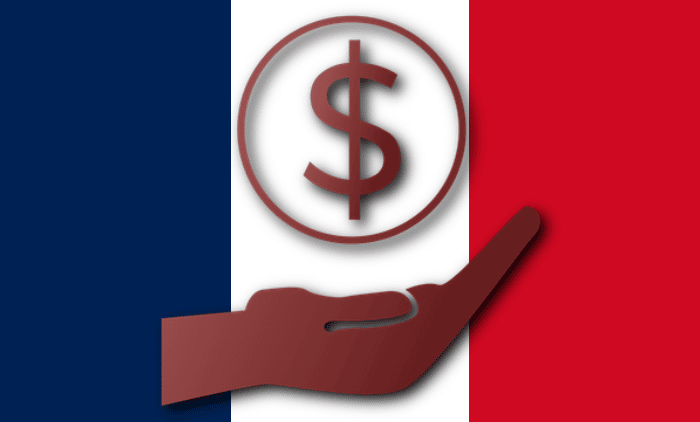Inflation slows in March, to +2.3% year-on-year, household consumption stagnates
[ad_1]
Inflation slowed in France to +2.3% year-on-year in March, after the 3% increase in Februaryaccording to provisional data communicated by INSEE. This “decline in inflation” would be “due to the slowdown over one year in the prices of food (+ 1.7% in March after + 3.6% in February)”, services, energy and manufactures. Tobacco prices also slowed down particularly in March year-on-year, reaching +10.7% after +18.7% in February.
Furthermore, price increases also slowed over one month, to +0.2% in March compared to +0.9% in February. “This slowdown would be due to the slight drop in energy prices, particularly gas and petroleum products,” notes INSEE.
Conversely, “the prices of manufactured products would accelerate” in March over one month, “due to the seasonal increase in clothing prices after the winter sales,” indicates the Institute.
Inflation is an indicator closely scrutinized by investors, because it greatly influences the monetary policy of central banks, which seek to bring it below the 2% mark through their policies of increasing their rates, now stabilized. Investors are now watching for any sign that could trigger the first rate cuts, promised in the spring. The benchmark indicator at European level, the harmonized consumer price index (HICP) increased by 2.4% year-on-year in March, after an increase of 3.2% in February.
Consumption stagnates
At the same time, French household consumption was stable in February compared to January, according to INSEE. In February, stability is due to a drop in energy consumption (-2.7%), “counterbalanced” according to the National Institute of Statistics by the increase in food consumption (+ 0.8%). and consumption of manufactured goods (+ 0.5%).
Over twelve months, consumption fell by 0.8%, but it was stable over the last three months, compared to the previous three months. There further increase in food consumption (after 0.2% in January) is explained by the increase in purchases of almost all food goods with the exception of purchases of oils and fats, down slightly, and tobacco consumption which is decreasing again, explains INSEE.
On the other hand, households made trade-offs. Expenditure on textile clothing fell (-0.6% after + 0.4% in January) and consumption of “other manufactured goods” decreased slightly (-0.2%), a drop particularly linked to the decline in purchases of DIY goods and perfumes, according to INSEE.
[ad_2]
Source link



